What is a Lygus Bug?
Simply stated, Lygus bugs are pest insects. For many years it was
believed that Lygus were rare and very minor pests in greenhouse crops. However,
over the last 6 years, insect pest researchers have realized that the damaged
caused by Lygus bugs in the greenhouse setting is far more extensive than
originally believed. It is a generalist insect, which can be hosted
by over 300 plant species, including cucumber plants, pepper plants and
several tree species. No part of the plant is safe as the insect will
feed off of the fruit of the plant just as easily as it can eat the leaves,
stem or growing tips of the plant.
For many years it was assumed that Lygus Lineolaris was the only species
that occurred in greenhouses, since it is the major pest Lygus Bug in the
rest of North America. Research has determined that in the Fraser
Valley, Lygus Shull, Hesperus and Elisus are all potential greenhouse pests.
However, invasions of Lygus bugs in greenhouses are irregular and
unpredictable. Just because a large number of Lygus bug adults are
found in a crop, does not necessarily mean that the crop will be damaged
by the insect. However, despite the unpredictability of the insect's
activities, the damaged caused by the insect can be very extensive and cause
a large reduction in crop value and yield. This is a dramatic and
costly problem in an industry where 1 hectare of greenhouses has an approximate
production value of $600,000.
The Damage:
The Culprits:
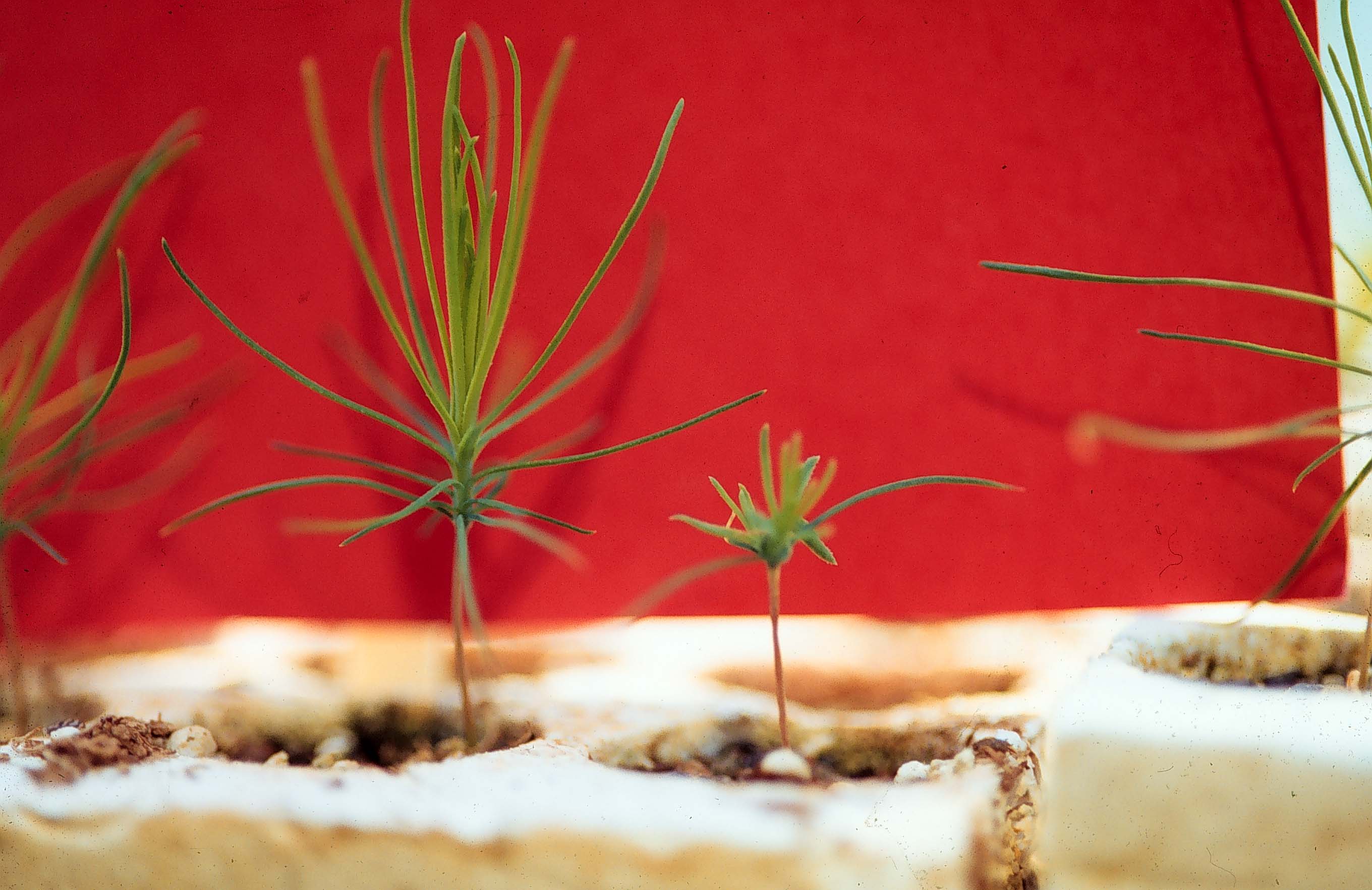
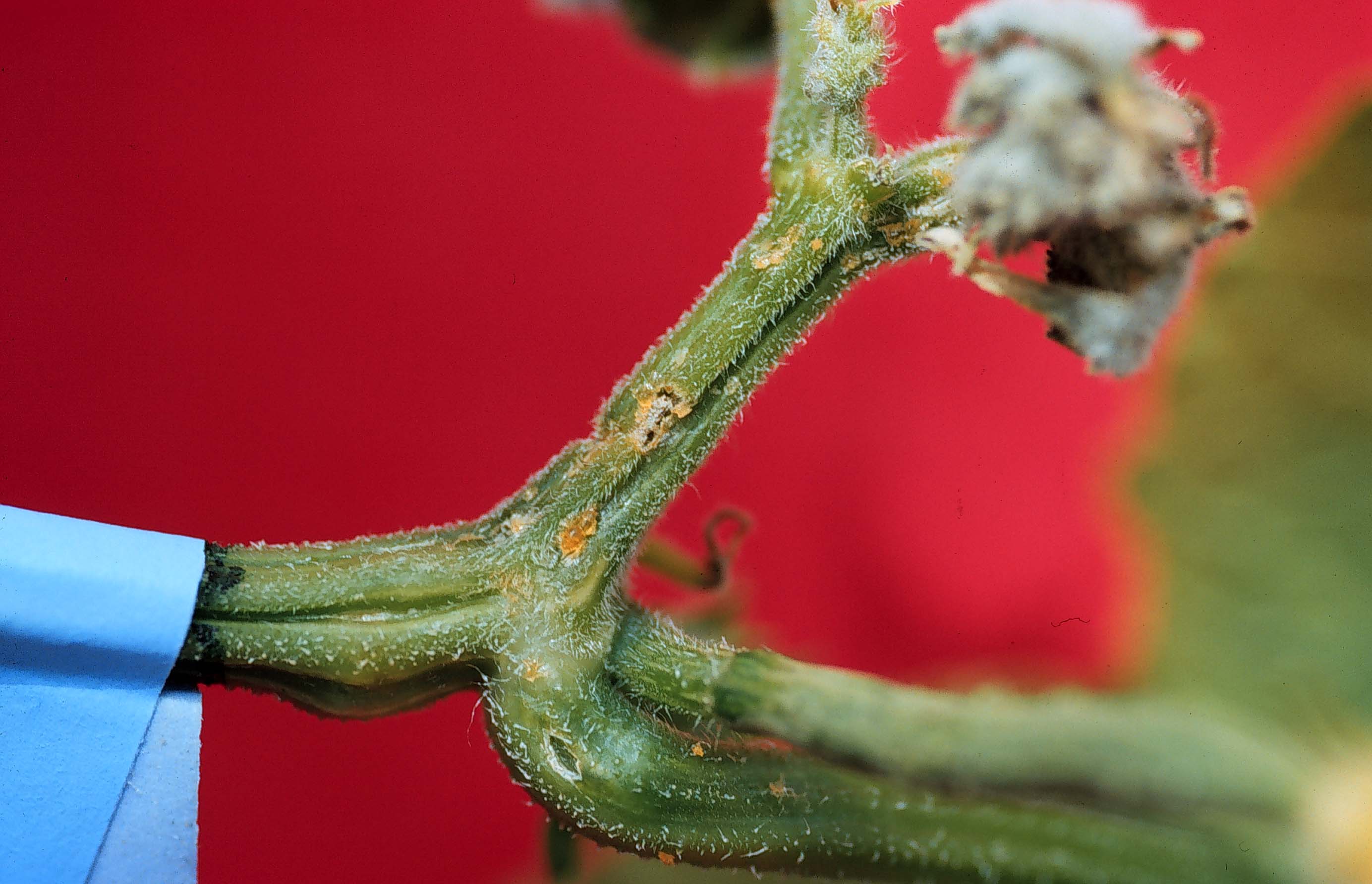
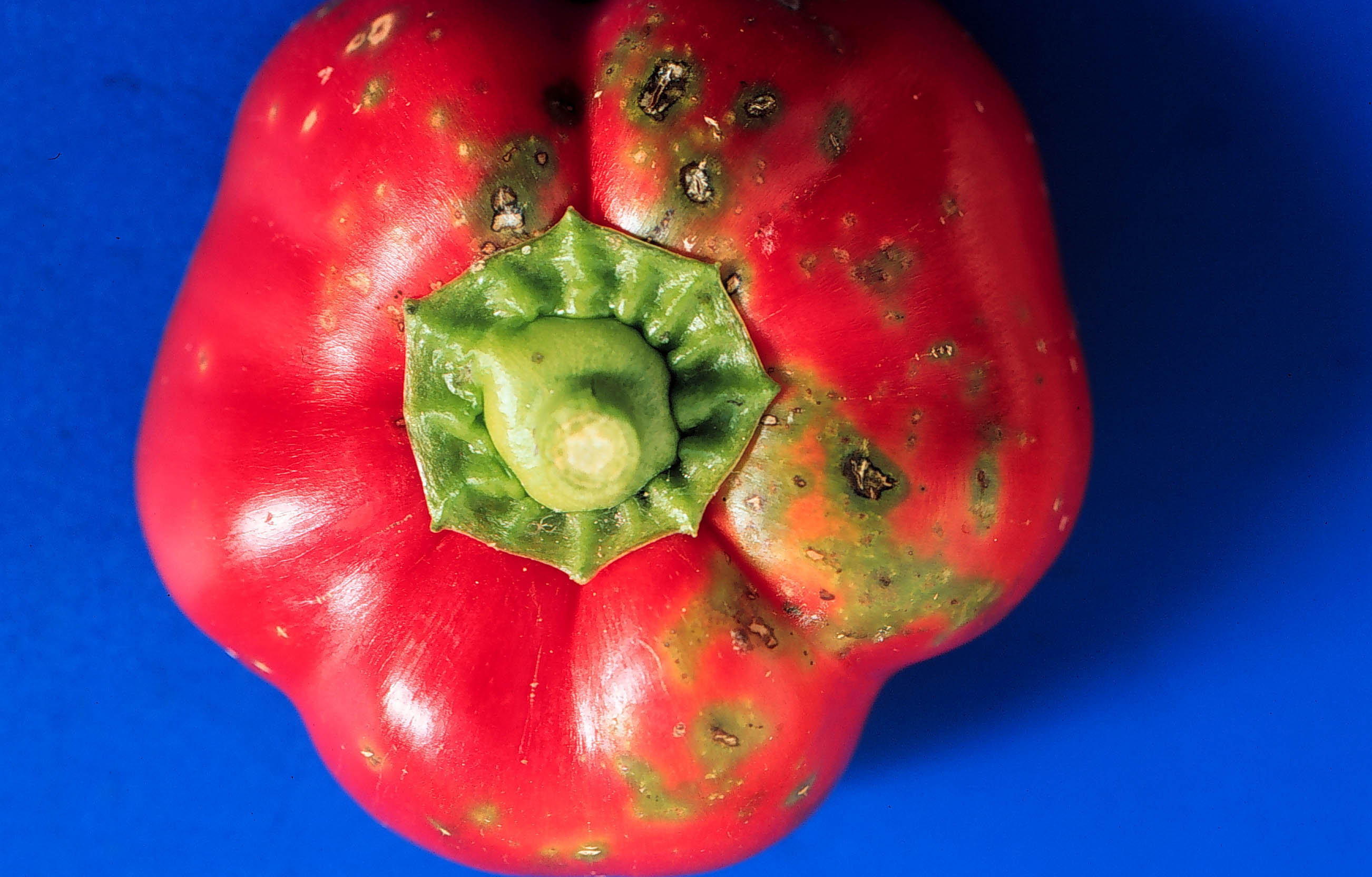

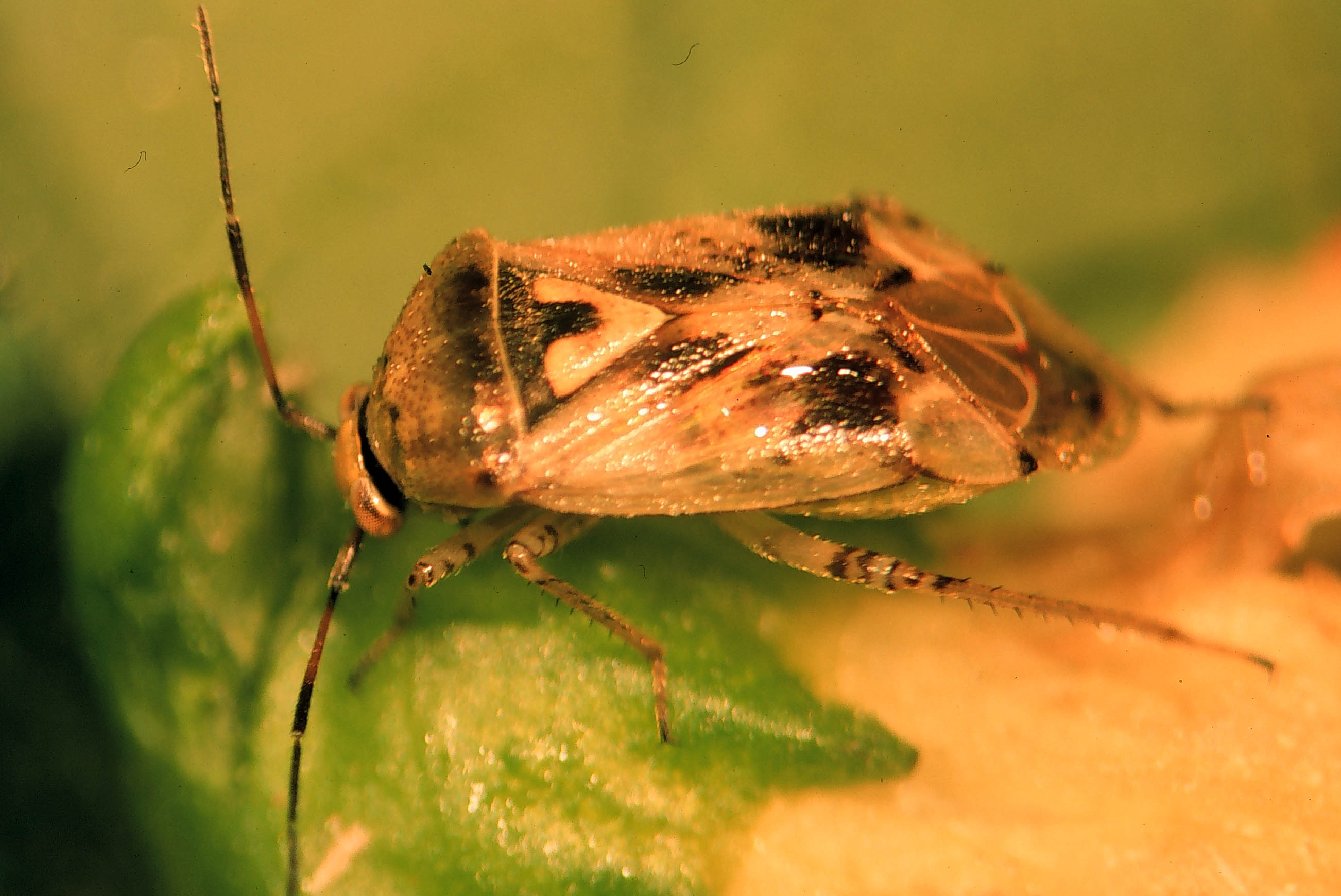
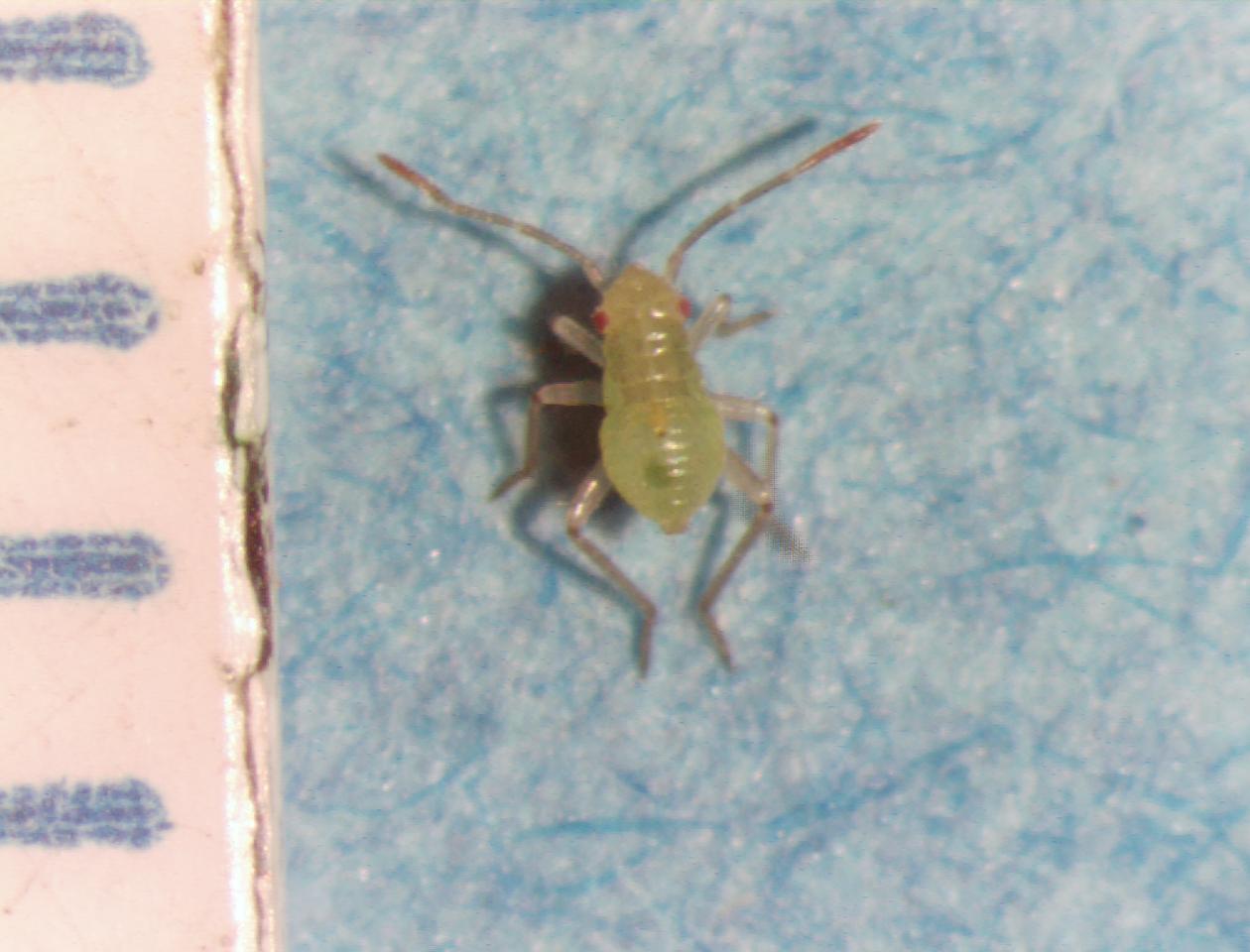
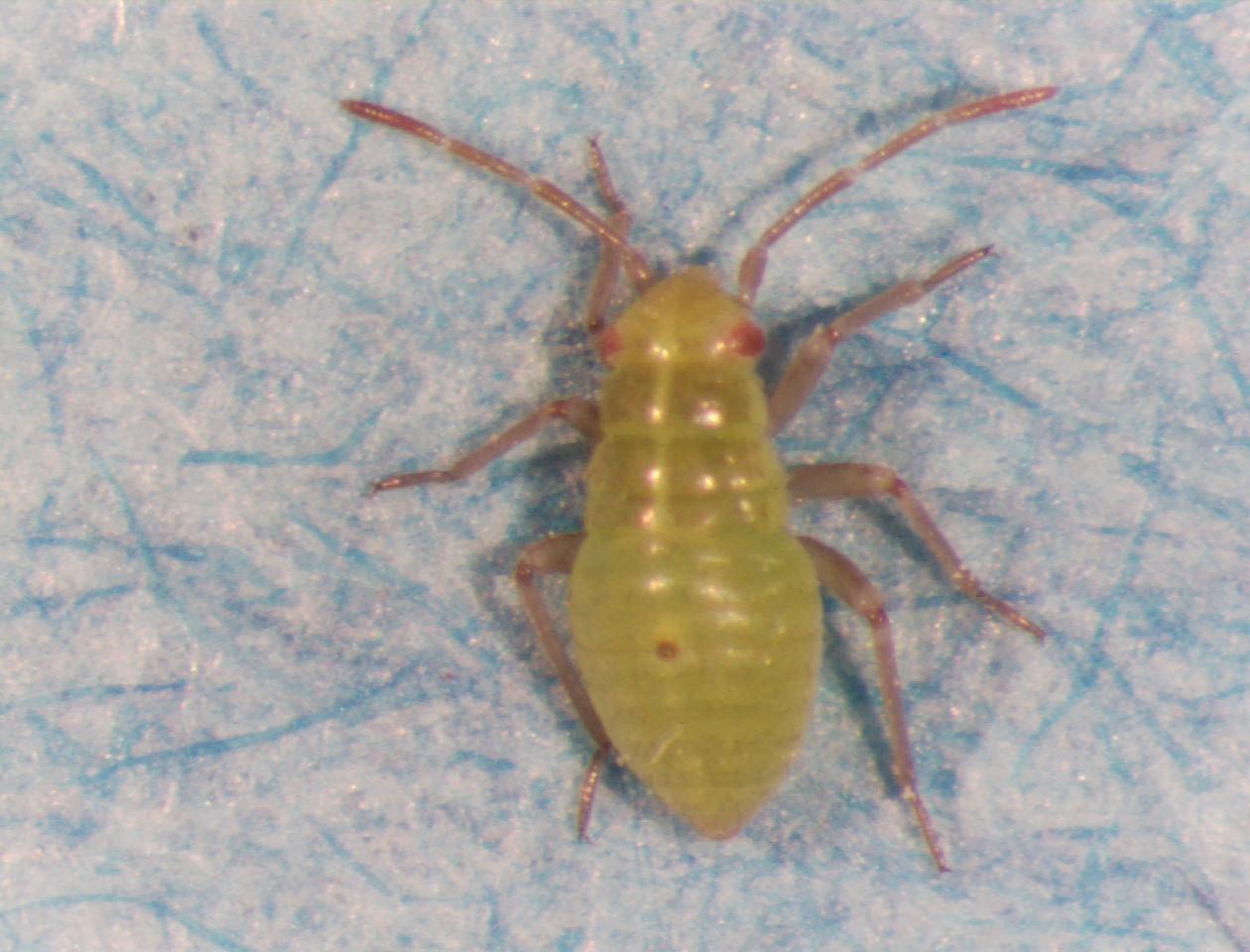
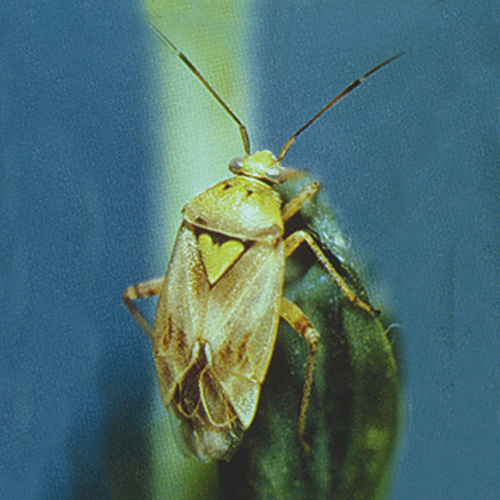
Links to other Lygus Research
Lygus Bugs on
the Canadian Prairies
- Presents keys to the adults and nymphs of the pest species of
Lygus encountered in the Prairie Provinces, accompanied by diagnoses and
illustrations detailing the variation of each species, and a review of
the pertinent literature.
University of California Integrated Pest Management
- Information about Lygus Hesperus and Elisus as pest insects on
apple trees.
Lygus
Bugs in Canola
- A research project studying the density of Lygus lineolaris,
Lygus borealis, Lygus elisus and Lygus keltoni on Canola plantations
in Alberta
Return to Table of Contents
Go to the
Next Page




